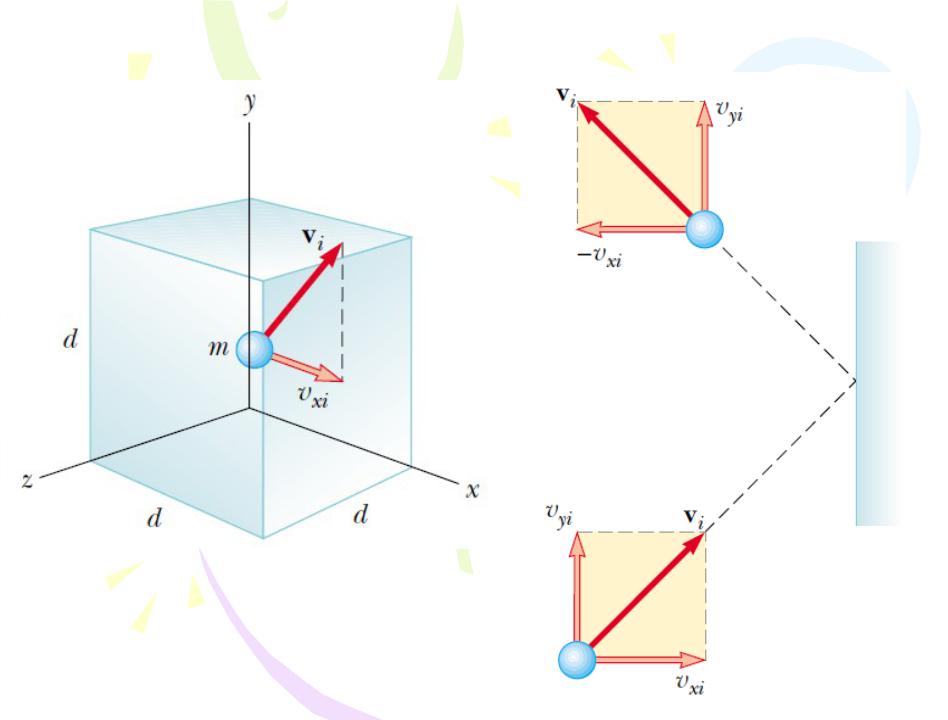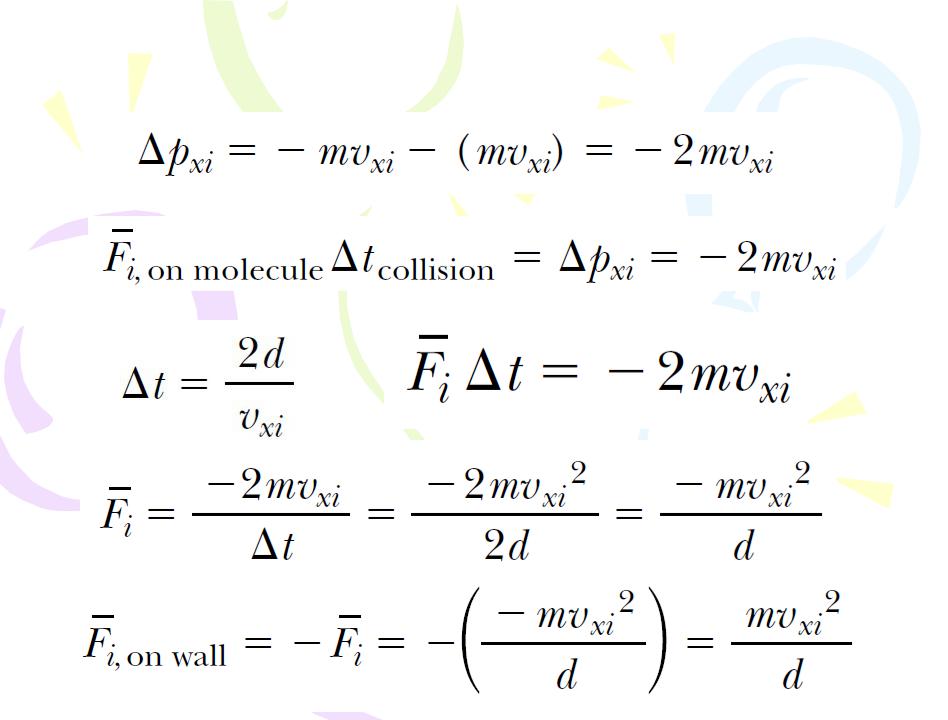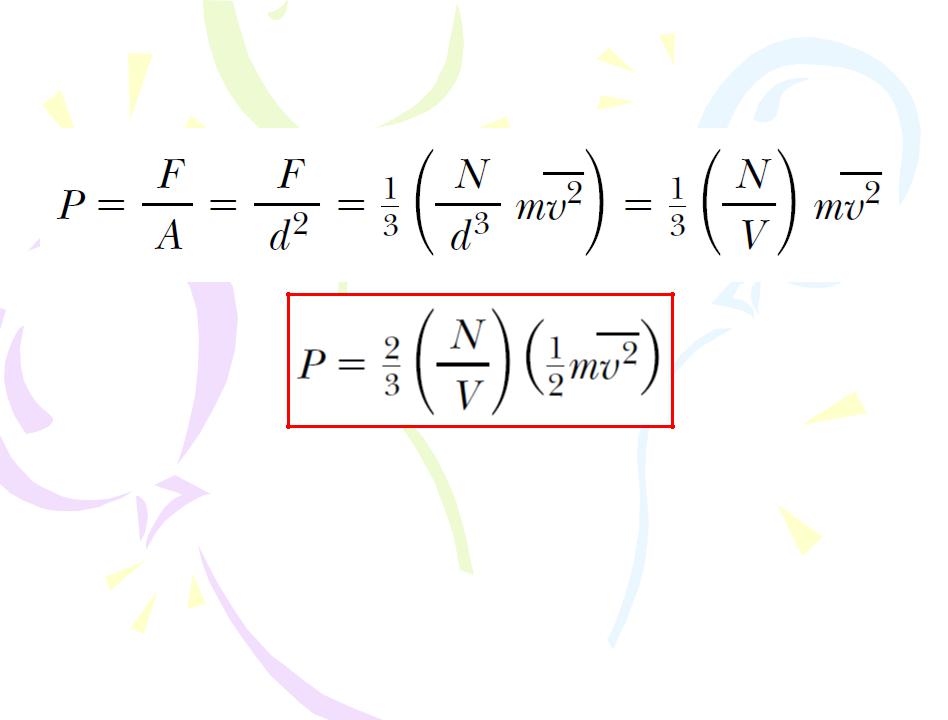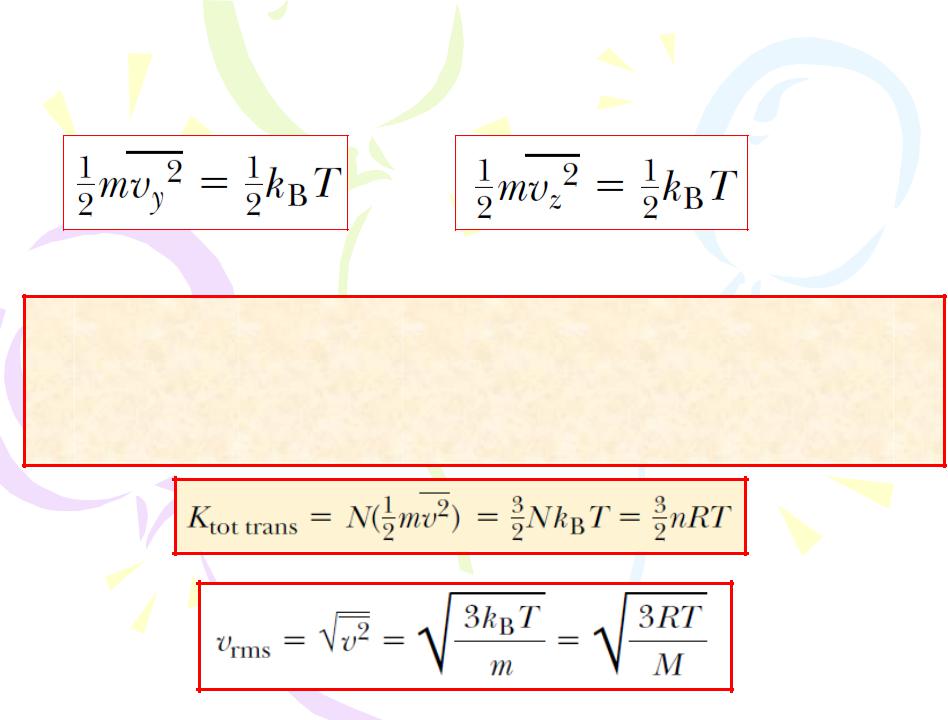
- •Quick Quiz 4.1 Suppose you are standing directly behind someone who steps back
- •Course of lectures «Contemporary Physics: Part1»
- •Molecular Model of an Ideal Gas
- •Molecular Model of an Ideal Gas
- •Molecular Model of an Ideal Gas
- •Molecular Model of an Ideal Gas
- •Molecular Model of an Ideal Gas
- •Molecular Model of an Ideal Gas
- •Molecular Interpretation of
- •Molecular Interpretation of
- •Molecular Interpretation of
- •Molar Specific Heat of anIdeal Gas
- •Molar Specific Heat of anIdeal Gas
- •Molar Specific Heat of anIdeal Gas
- •Molar Specific Heat of anIdeal Gas
- •Adiabatic Processes for an Ideal Gas
- •The Boltzmann Distribution Law
- •Distribution of Molecular Speeds
- •Distribution of Molecular Speeds
- •Mean Free Path
- •Mean Free Path
- •Mean Free Path
- •Heat Engines and the Second Law
- •Heat Engines and the Second Law
- •Heat Engines and the Second Law
- •Heat Pumps and Refrigerators
- •Heat Pumps and Refrigerators
- •Reversible and Irreversible Processes
- •The Carnot Engine
- •The Carnot Engine
- •Entropy
- •Entropy
- •Entropy
- •Quick Quiz 5.3
- •Quick Quiz 5.4

Quick Quiz 4.1 Suppose you are standing directly behind someone who steps back and accidentally stomps on your foot with the heel of one shoe. Would you be better off if that person were (a) a large professional basketball player wearing sneakers (b) a petite woman wearing spike-heeled shoes?
Quick Quiz 4.2 A grandfather clock depends on the period of a pendulum to keep correct time. Suppose a grandfather clock is calibrated correctly and then a mischievous child slides the bob of the pendulum downward on the oscillating rod. Does the grandfather clock run (a) slow (b) fast (c) correctly?

 Course of lectures «Contemporary Physics: Part1»
Course of lectures «Contemporary Physics: Part1» 
Lecture №8
The Kinetic Theory of Gases.
Heat Engines, Entropy, and the Second
 Law of Thermodynamics.
Law of Thermodynamics.

Molecular Model of an Ideal Gas
The macroscopic description of model of ideal gas make the following assumptions: 
1.The number of molecules in the gas is large, and the average
separation between them is large compared with their dimensions.
with their dimensions.
2.The molecules obey Newton’s laws of motion, but as a whole
they move randomly.
3.The molecules interact only by short-range forces during elastic collisions.
4.The molecules make elastic collisions with the walls.
5.The gas under consideration is a pure substance; that is, all molecules are identical.

Molecular Model of an Ideal Gas

Molecular Model of an Ideal Gas

Molecular Model of an Ideal Gas
(10.1)

Molecular Model of an Ideal Gas

Molecular Model of an Ideal Gas
(10.2)
The pressure of a gas is proportional to the number of molecules per unit volume and to the average translational kinetic energy of the molecules,
number of molecules per unit volume and to the average translational kinetic energy of the molecules, 

Molecular Interpretation of
Temperature
(10.3)
This result tells us that temperature is a direct measure of average molecular kinetic energy. 
(10.4)
(10.5)

Molecular Interpretation of
Temperature
Theorem of equipartition of energy
each degree of freedom contributes ½kbT to the energy of a
system, where possible degrees of freedom in addition to those associated with translation arise from rotation and vibration of molecules.
(10.6)
(10.7)
